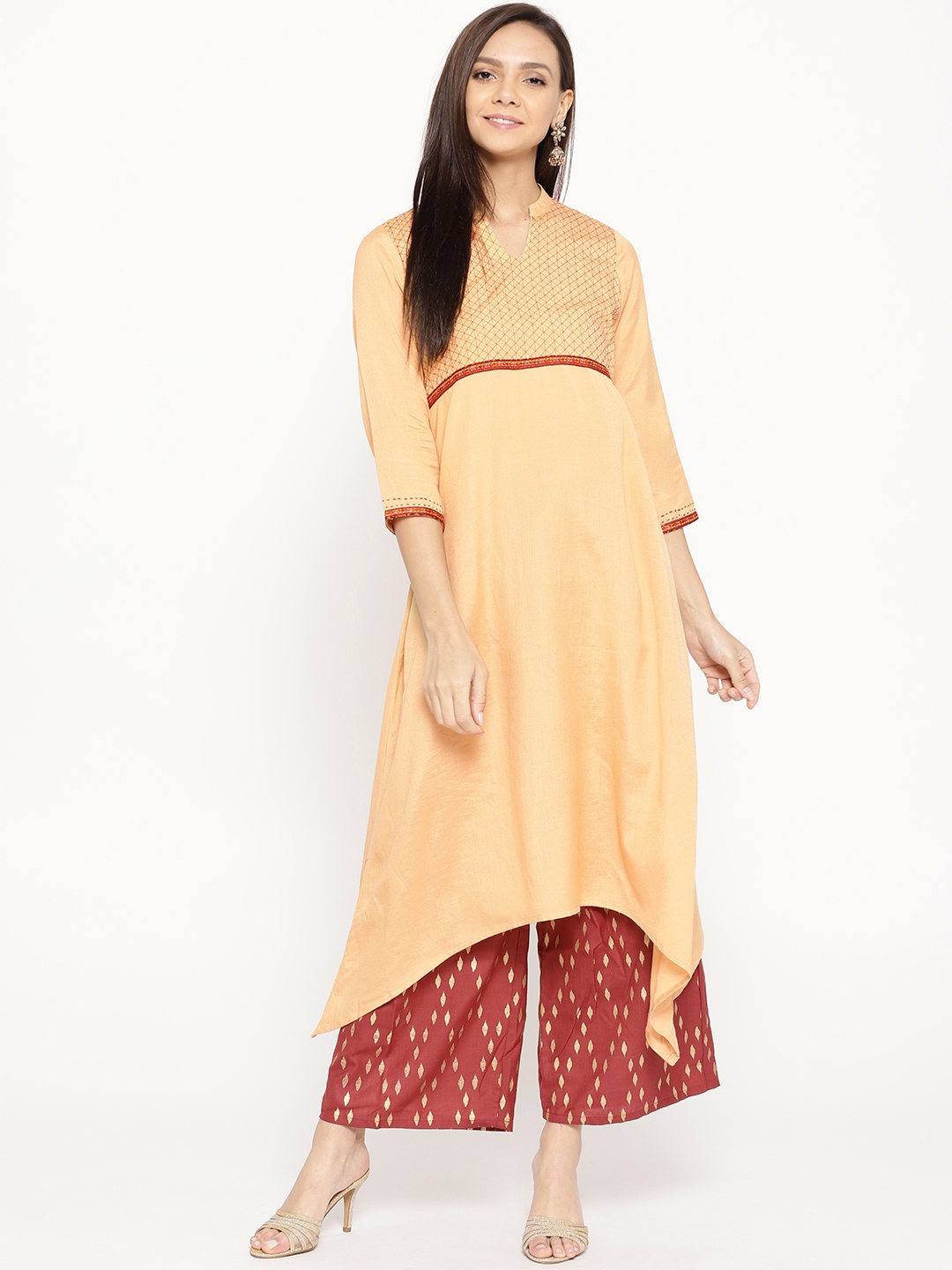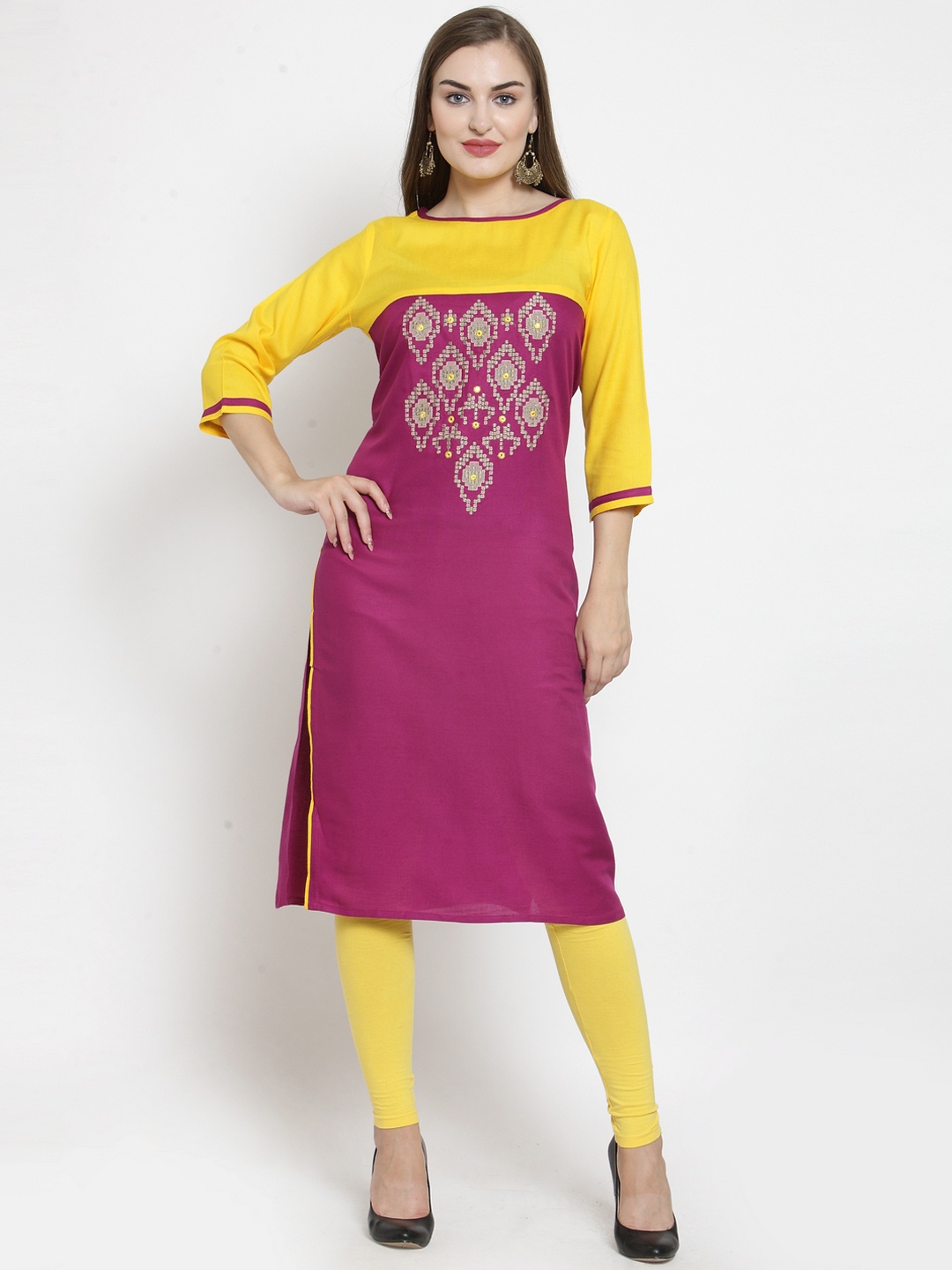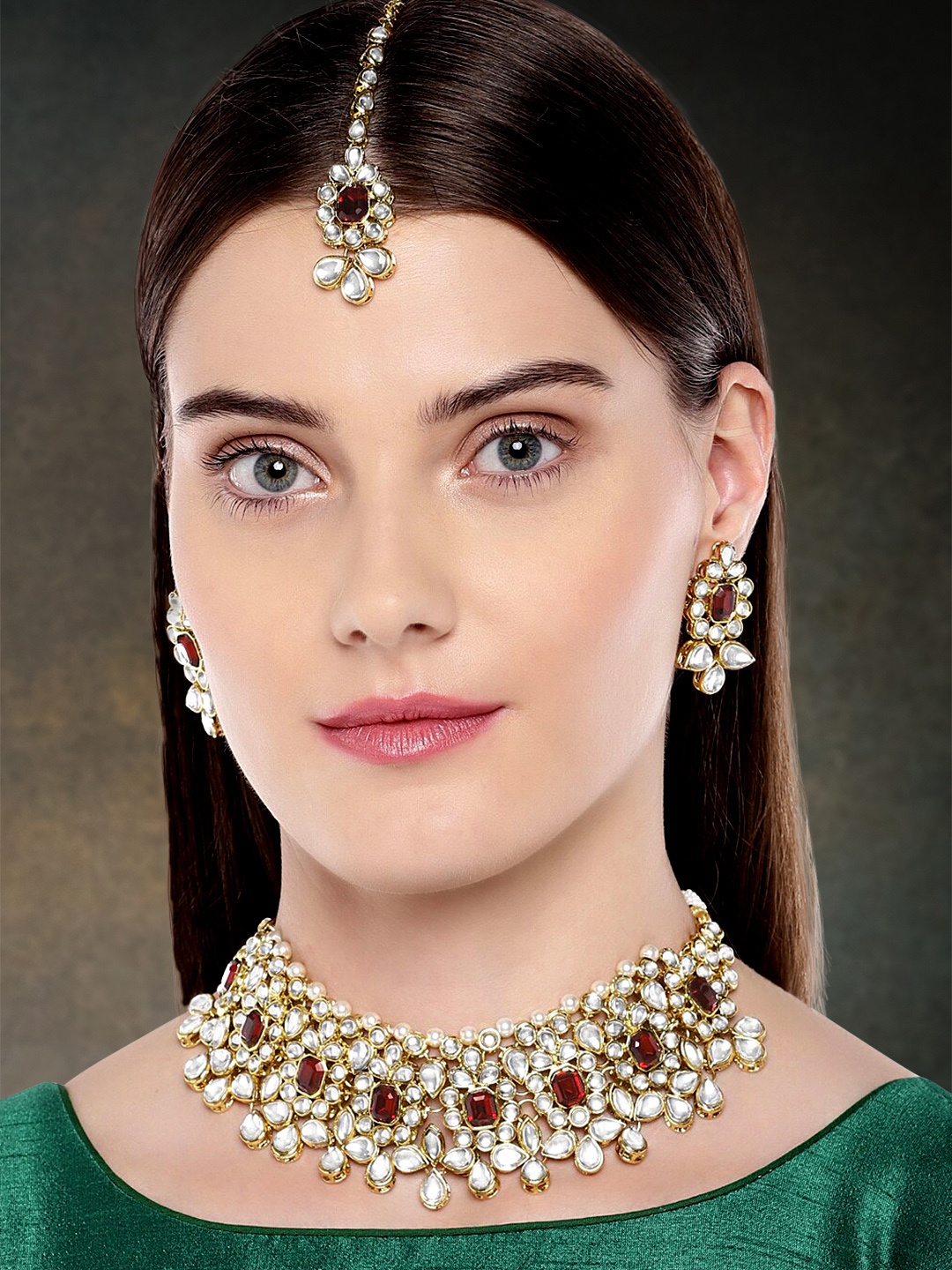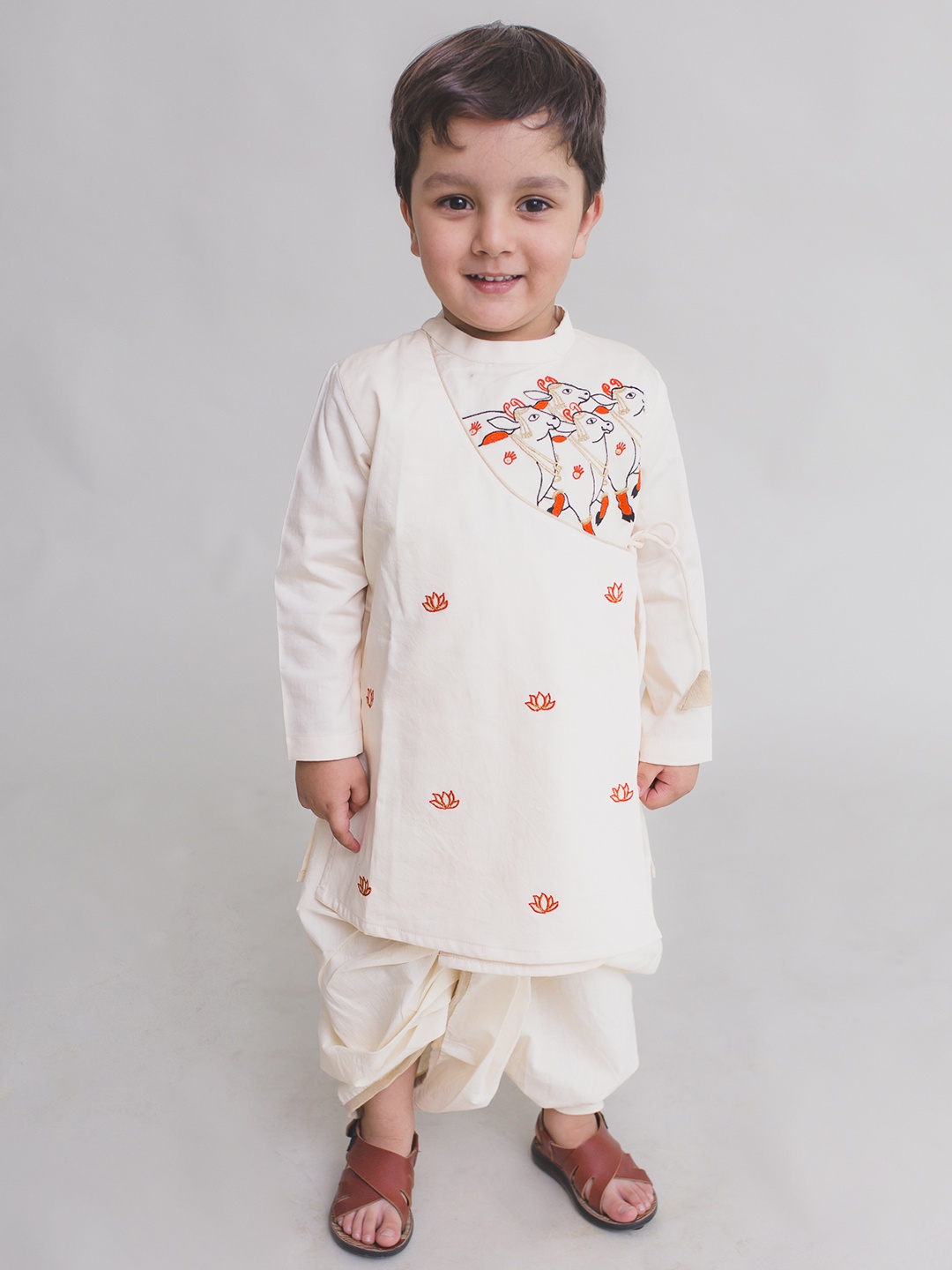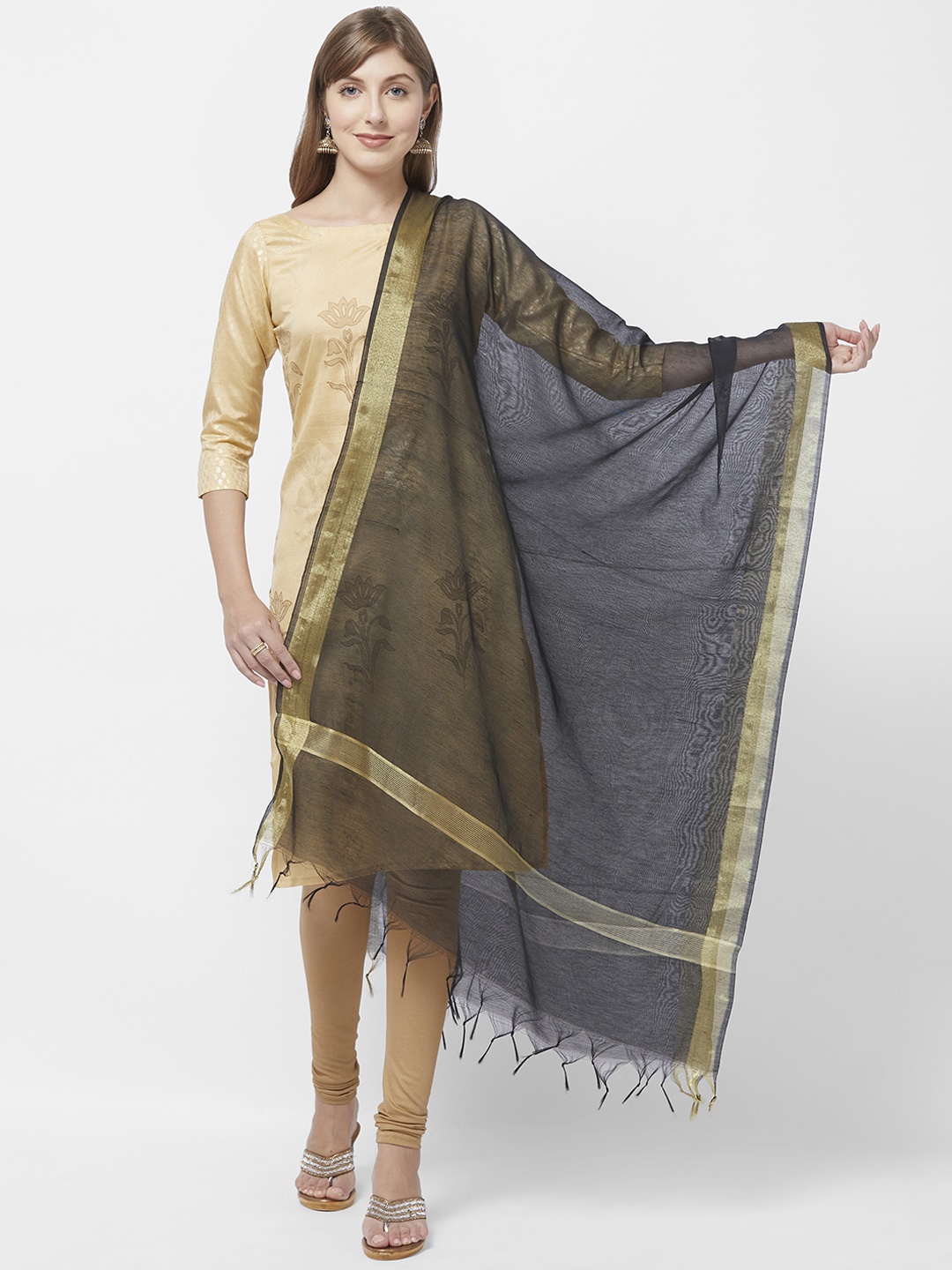How To Make a Heavy Lehenga Feel Lighter: Here Is The Simplest Way
A heavy lehenga can look breathtaking, but wearing one often feels like carrying half the wedding venue on the hips. This is the most practical guide to making a heavy lehenga feel light, without losing the drama. Here's how to wear a heavy lehenga comfortably.

Clever hacks for wearing a heavy lehenga all day with effortless ease.
The sparkle of a heavy lehenga is enough to make any festive outfit feel unforgettable. But let's be honest, once it's on, the sparkle is often accompanied by sweat, sore shoulders, and a sudden awareness of how much fabric exists in the world. Heavy lehengas are masterpieces of craftsmanship, but they're also tests of endurance.
The good news? There are clever, simple ways to reduce the burden, quite literally, without compromising the grandeur. These ideas go beyond the usual “just wear lighter fabric” advice. They're about redistributing weight, using little-known hacks, and being mindful of how the lehenga works with your body. Here's a guide that shows how to wear a heavy lehenga comfortably. It blends tradition with comfort, so the only thing heavy on the big day is the jewellery bill.

How to wear a heavy lehenga comfortably: Simple tips and tricks for looking stunning without the weight; Photo Credit: Unsplash
1. Get the Lehenga Fitted to Perfection
An ill-fitted lehenga can feel heavier than it actually is. When the waistband digs in or the skirt slips down, every step turns into a tug-of-war. A perfect fit ensures the weight is distributed evenly across the waist, so you're not constantly adjusting it. The waistband should be snug but not suffocating, enough to stay in place when you twirl, but loose enough to allow comfortable breathing after a plate of chaat.
A tailor can also subtly tweak the can-can or lining to suit your frame. For example, replacing a thick, stiff lining with a softer, breathable one can reduce weight while keeping the lehenga's shape intact. Remember: a good fit doesn't just make you look better; it makes you feel lighter. It's like magic, except the magician is holding a measuring tape.
2. Opt for Lightweight Fabrics with Heavy Embroidery Illusion
Silk brocades and thick velvets look rich but can be exhausting to wear. Instead, go for fabrics like georgette, crepe, or raw silk that mimic the grandeur without the same bulk. Skilled artisans can create embroidery that looks dense but is done with lighter threads, sequins, or even laser-cut appliqué.
A lighter fabric still drapes beautifully and can handle intricate work, meaning you get the regal look without dragging around a small carpet. The trick is to prioritise material first, embellishment second. It's the equivalent of choosing a solid but hollow gold bangle, it looks just as stunning but doesn't weigh down the hand.
3. Reduce Layers Without Losing Volume
The ‘princess skirt' effect comes from volume, not weight. Many heavy lehengas have multiple layers of thick fabric and can-can to achieve this. But one or two cleverly placed net or organza layers can create the same drama.
Ask your tailor to use lighter netting instead of stiff, heavy tulle for the inner structure. You'll still get that gorgeous flare without feeling like you're wading through water. Bonus: fewer layers mean more airflow, which is a blessing in warm, crowded halls. Dancing to “London Thumakda” becomes less of a workout and more of a joy.

Look flawless and feel great in a heavy lehenga with these essential comfort-enhancing tips; Photo Credit: FreePik
4. Distribute the Weight Strategically
A common mistake is putting all the heavy embroidery in one area, often around the hem. This drags the skirt down and makes movement harder. Instead, opt for embroidery spread evenly across the lehenga. Even a lighter lehenga can feel heavy if all the work is concentrated at the bottom.
A balanced design, embellishment on the waistband, midsection, and hem, feels more comfortable because no single section is overburdened. Think of it like carrying shopping bags in both hands instead of one, it's simply easier on the body.
5. Switch the Can-Can to Detachable
One of the simplest game-changers: make the can-can removable. This stiff net layer adds volume but also traps heat and weight. By keeping it detachable, you can wear it for the photos and main event, then remove it for the reception or dance floor.
Some designers even make can-can skirts as separate slips that can be worn under different outfits. This not only lightens the lehenga after the key moments but also lets you reuse the can-can for future occasions. In short, you get the drama when you want it, and relief when you need it.
Also Read: 5 Stunning Lehenga-Cholis Picks To Shine On This Janmashtami
6. Choose a Lighter Dupatta or Two-Dupatta Trick
The dupatta can be the secret culprit in making the whole outfit feel heavier. A heavily embroidered dupatta, especially when pinned over the head, can pull down on the neck and shoulders. Opt for a lighter, sheer dupatta for the head, and use the heavier one for draping on the side.
This two-dupatta method keeps the regal look intact but shifts most of the weight to where it won't strain you. The lighter head dupatta also means you won't need to constantly adjust your hairstyle or feel beads pressing into your scalp.

Use a lightweight dupatta or go for the two dupatta trick; Photo Credit: FreePik
7. Discreet Waist Support Hacks
A simple hidden hook or fabric belt sewn inside the lehenga can make a massive difference. This inner belt holds some of the skirt's weight and stops it from sliding down. Some brides even wear a discreet satin belt under the waistband to help anchor the skirt without affecting the design.
It's like having a safety net, literally. The lehenga feels more secure, movements become easier, and the mind stops worrying about a wardrobe malfunction mid-dance.
8. Embrace Lighter Jewellery on the Same Day
It's tempting to go all out with both the lehenga and the jewellery, but if the outfit is already heavy, chunky jewellery can push the comfort level over the edge. Lighter jewellery on the day of wearing a heavier lehenga balances the overall weight.
Consider swapping a heavy choker for a statement maang tikka and long earrings, or replacing a massive waistband with delicate hand jewellery. The result is still grand, but your body won't feel like it's competing in a weightlifting event disguised as a wedding.
9. Mind the Footwear
High heels with a heavy lehenga may look elegant but can also add to the strain. A heavy outfit shifts your posture, and pairing it with heels can cause back or ankle pain faster than expected. Instead, consider cushioned wedges or block heels, they offer height without making you wobble.
If you're comfortable, even ornate flats can be a great choice, especially for events where you'll be on your feet for hours. After all, grace comes from feeling at ease, not from grimacing while pretending the footwear is fine.

Use cushioned wedges or block heels to keep your feet comfortable; Photo Credit: FreePik
10. Practise Wearing It Before the Big Day
The first time wearing a heavy lehenga should not be the actual event. Practising at home helps your body adjust to the weight and movement. Walk, sit, and dance in it. Figure out how to hold the dupatta comfortably, and identify any spots that pinch or sag.
This trial run allows time for adjustments, whether that's loosening the waistband slightly, repositioning hooks, or learning the easiest way to lift the skirt when climbing stairs. It's like rehearsing for a performance, you're not just wearing an outfit, you're wearing confidence.
Products Related To This Article
1. JULEE Printed Ready to Wear Lehenga & Unstitched Blouse With Dupatta
2. PURVAJA Woven Design Ready to Wear Lehenga & Unstitched Blouse With Dupatta
3. LOOKNBOOK ART Kalamkari Printed Ready to Wear Lehenga & Unstitched Blouse With Dupatta
4. all about you Printed Ready to Wear Lehenga & Blouse With Dupatta
5. Shae by SASSAFRAS Floral Printed Ready to Wear Lehenga & Crop Top
6. PARTHVI Printed Block Print Ready to Wear Lehenga & Blouse With Dupatta
7. SWAMI STUDIO Ready to Wear Lehenga & Unstitched Blouse With Dupatta
A heavy lehenga is a work of art, but comfort should never be sacrificed for beauty. By making smart adjustments, lighter fabrics, better distribution, clever tailoring, you can keep the grandeur without the weight. The goal is simple: to wear the lehenga, not let it wear you.
When the outfit feels light, it's easier to smile naturally, dance freely, and enjoy the occasion without silently counting the hours until you can change. After all, memories from these events should be about laughter, not lower back pain. Shop your favourite lehengas online and twirl your style.
Disclaimer: The images used in this article are for illustration purpose only. They may not be an exact representation of the products, categories and brands listed in this article.













